Home>Home Appliances>Kitchen Appliances>How To Cook On Glass Top Stove
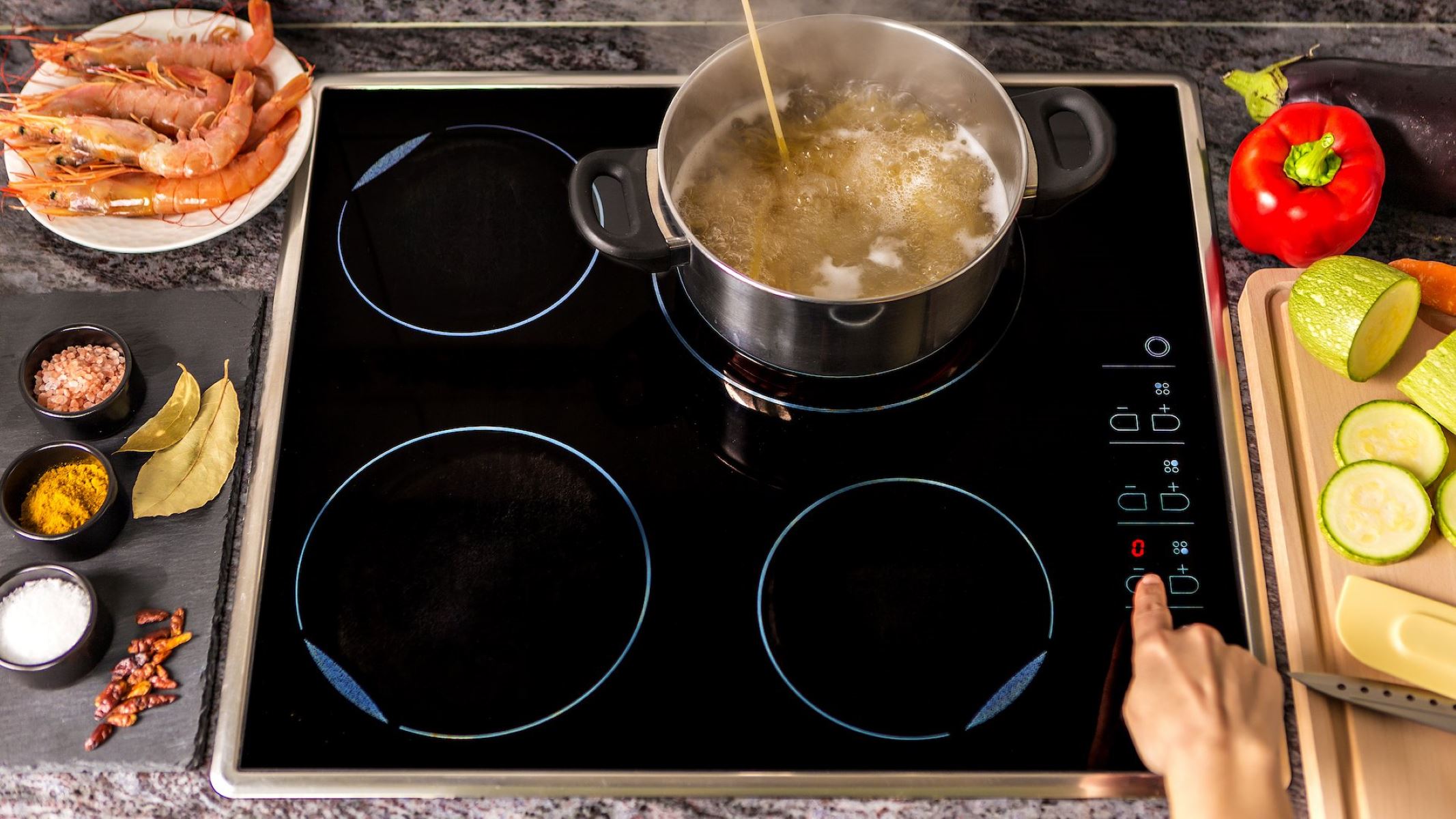

Kitchen Appliances
How To Cook On Glass Top Stove
Published: February 7, 2024
Learn how to cook on a glass top stove with our expert tips and tricks. Discover the best kitchen appliances for your glass cooktop.
(Many of the links in this article redirect to a specific reviewed product. Your purchase of these products through affiliate links helps to generate commission for Storables.com, at no extra cost. Learn more)
Introduction
Cooking on a glass top stove can be a delightful experience, offering a sleek and modern cooking surface that enhances the aesthetic appeal of any kitchen. However, it's essential to understand the nuances of cooking on this type of stove to ensure optimal performance and safety. Whether you're a seasoned home chef or just starting your culinary journey, mastering the art of cooking on a glass top stove is a valuable skill that can elevate your cooking endeavors.
Glass top stoves, also known as ceramic cooktops, are designed with a smooth, flat cooking surface made of tempered glass. This sleek design not only adds a touch of sophistication to your kitchen but also offers several practical benefits. The even heat distribution and easy-to-clean surface make glass top stoves a popular choice for many home cooks. However, it's important to note that these stoves require specific cookware and cooking techniques to prevent damage and ensure efficient cooking.
In this comprehensive guide, we will explore the essential aspects of cooking on a glass top stove, including selecting the right cookware, adjusting cooking techniques, proper cleaning and maintenance, and crucial safety precautions. By understanding these key elements, you'll be well-equipped to make the most of your glass top stove while creating delicious meals with confidence.
Whether you're preparing a quick weekday dinner or experimenting with elaborate recipes, the knowledge and tips shared in this guide will empower you to harness the full potential of your glass top stove. So, let's embark on this culinary journey and uncover the secrets to mastering the art of cooking on a glass top stove.
Key Takeaways:
- Mastering the art of cooking on a glass top stove requires choosing the right cookware, adjusting cooking techniques, and prioritizing safety precautions to ensure delicious meals and a sleek kitchen aesthetic.
- To cook on a glass top stove like a pro, select flat-bottomed cookware, handle with care, and prioritize safety measures to prevent damage and create a secure cooking environment.
Read more: How To Set Clock On GE Glass Top Stove
Choosing the Right Cookware
Cookware selection plays a pivotal role in ensuring optimal performance and safety when cooking on a glass top stove. The right cookware not only enhances cooking efficiency but also prevents damage to the stove's smooth glass surface. Here's a detailed look at the key factors to consider when choosing cookware for your glass top stove:
Material Matters
Opt for cookware with a flat and smooth bottom to ensure maximum contact with the glass surface. Materials such as stainless steel, aluminum, and copper are excellent choices due to their ability to distribute heat evenly. Additionally, these materials are less likely to scratch or damage the glass top, providing a durable and reliable cooking experience.
Magnetic Attraction
Since glass top stoves require induction-compatible cookware, it's essential to check for magnetic properties. Induction cooktops rely on magnetic fields to generate heat, so choosing cookware with magnetic properties, such as cast iron or magnetic stainless steel, ensures efficient heat transfer and consistent cooking results.
Size and Weight
Consider the size and weight of the cookware to ensure it aligns with the stove's specifications. Opt for pots and pans that are compatible with the burner size to maximize heat distribution and prevent energy wastage. Additionally, lightweight cookware is easier to handle and reduces the risk of accidental drops or damage to the glass surface.
Flat Bottom Design
Select cookware with a flat and stable bottom to maintain direct contact with the glass top stove. A flat bottom ensures uniform heat distribution, minimizing the risk of hot spots and promoting even cooking. Avoid using cookware with warped or uneven bottoms, as they can compromise heat transfer and potentially damage the stove's surface.
Protective Features
Look for cookware with protective features such as silicone-coated handles or heat-resistant materials. These attributes not only enhance safety during cooking but also prevent accidental burns and ensure a comfortable cooking experience. Additionally, heat-resistant handles minimize the risk of transferring excessive heat to the handles, promoting safe handling and maneuvering of the cookware.
By carefully considering these factors when selecting cookware for your glass top stove, you can optimize your cooking experience while safeguarding the longevity of your stove. Investing in the right cookware not only enhances cooking performance but also contributes to the overall safety and efficiency of your culinary endeavors.
Adjusting Cooking Techniques
Adapting your cooking techniques to suit a glass top stove is essential for achieving optimal results while preserving the stove's smooth surface. Unlike traditional gas or coil stoves, glass top stoves have specific requirements that influence the way heat is distributed and managed during the cooking process. By making thoughtful adjustments to your cooking techniques, you can harness the full potential of your glass top stove and elevate your culinary creations.
Even Heat Distribution
One of the key considerations when adjusting cooking techniques for a glass top stove is the need for even heat distribution. Unlike gas stoves, where the flames directly heat the cookware, glass top stoves rely on the transfer of heat through the smooth glass surface. To ensure uniform cooking, it's essential to preheat the cookware gradually and evenly. This can be achieved by setting the heat to a moderate level and allowing the cookware to heat up gradually, promoting consistent heat distribution and preventing hot spots.
Read more: How To Bake On The Stove Top
Gentle Handling
Glass top stoves require a gentle touch when it comes to handling cookware. Abrupt movements or dragging heavy pots and pans across the surface can lead to scratches or damage. When adjusting your cooking techniques, prioritize gentle handling by lifting and placing cookware carefully on the stove. Additionally, avoid using cookware with rough or uneven bottoms, as they can potentially scratch the glass surface. By embracing a gentle approach, you can safeguard the integrity of your glass top stove while enjoying a seamless cooking experience.
Controlled Temperature
Maintaining controlled temperature settings is crucial when cooking on a glass top stove. The responsive nature of glass top stoves allows for precise temperature adjustments, making it essential to monitor and regulate heat levels throughout the cooking process. By exercising control over the temperature settings, you can prevent overheating and minimize the risk of food burning or sticking to the cookware. This meticulous approach to temperature control not only enhances cooking precision but also contributes to the longevity of your glass top stove.
Induction-Friendly Techniques
For those using induction glass top stoves, embracing induction-friendly cooking techniques can further optimize the cooking experience. Techniques such as stir-frying, sautéing, and simmering can be tailored to leverage the precise and rapid heating capabilities of induction cooktops. By adapting your cooking techniques to align with the induction technology, you can unlock the full potential of your glass top stove and elevate the quality of your culinary creations.
By adjusting your cooking techniques to accommodate the unique characteristics of a glass top stove, you can achieve exceptional cooking results while preserving the sleek and sophisticated appearance of your cooking surface. Embracing even heat distribution, gentle handling, controlled temperature, and induction-friendly techniques empowers you to make the most of your glass top stove, creating culinary masterpieces with precision and finesse.
Cleaning and Maintenance
Proper cleaning and maintenance are essential for preserving the pristine appearance and functionality of a glass top stove. By incorporating regular cleaning routines and adopting specific maintenance practices, you can ensure that your stove remains in top condition, ready to support your culinary endeavors. Here's a comprehensive overview of the key aspects of cleaning and maintaining a glass top stove:
Read more: How To Cook Steak On Stove Top
Daily Cleaning
Daily cleaning plays a crucial role in preventing the buildup of food residue and maintaining the aesthetic appeal of your glass top stove. After each cooking session, once the stove has cooled down, gently wipe the surface with a soft, damp cloth or sponge to remove any spills or splatters. This routine helps prevent stubborn stains from forming and ensures that your stove remains visually appealing.
Specialized Cleaning Products
When dealing with stubborn stains or dried-on food particles, it's important to use specialized cleaning products designed specifically for glass top stoves. Avoid abrasive cleaners or harsh chemicals that can scratch or damage the glass surface. Instead, opt for gentle yet effective stove cleaners or homemade solutions, such as a mixture of white vinegar and water, to tackle tough stains without compromising the integrity of the stove.
Careful Scrubbing
In cases where gentle wiping is not sufficient to remove stubborn residue, carefully use a non-abrasive cleaning pad or scraper designed for glass top stoves. Exercise caution to avoid applying excessive pressure that could scratch the surface. By employing careful scrubbing techniques, you can effectively eliminate tough stains while safeguarding the smooth finish of your stove.
Regular Maintenance Checks
In addition to cleaning, regular maintenance checks are essential for identifying and addressing any potential issues with your glass top stove. Inspect the heating elements, control knobs, and overall surface for any signs of wear, damage, or malfunction. Addressing minor issues promptly can prevent them from escalating into more significant problems, ensuring the continued functionality and safety of your stove.
Read more: How To Cook Oxtails On Stove Top
Protective Measures
Implementing protective measures, such as using burner covers or protective mats, can help prevent scratches, stains, and damage to the glass top surface. These simple yet effective safeguards provide an additional layer of protection, particularly when placing and moving cookware on the stove.
Professional Servicing
For complex maintenance tasks or technical issues, seeking professional servicing from qualified technicians is advisable. Professional servicing can address intricate problems, perform thorough inspections, and ensure that your glass top stove operates at its best.
By integrating these cleaning and maintenance practices into your routine, you can uphold the pristine condition of your glass top stove, prolong its lifespan, and enjoy a consistently reliable cooking experience. Prioritizing regular cleaning, employing specialized products, conducting maintenance checks, and implementing protective measures collectively contribute to the longevity and performance of your glass top stove.
Safety Precautions
When cooking on a glass top stove, prioritizing safety precautions is paramount to ensure a secure and enjoyable culinary experience. By adhering to specific safety measures, you can safeguard both yourself and your glass top stove from potential hazards. Here's an in-depth exploration of essential safety precautions to consider when using a glass top stove:
1. Heat Awareness
Maintain heightened awareness of the residual heat on the glass top surface, even after turning off the burners. The smooth surface of the stove may not provide visual cues of residual heat, increasing the risk of accidental burns. Use caution and avoid direct contact with the cooktop immediately after cooking to prevent burns.
Read more: How To Make Bread On Stove Top
2. Avoiding Impact
Prevent accidental damage to the glass top surface by refraining from placing heavy or sharp objects on the stove. Avoid dropping utensils, cookware, or other items onto the glass surface, as impact can lead to cracks or scratches. Exercise care when handling items near the stove to minimize the risk of accidental impact.
3. Proper Ventilation
Ensure adequate ventilation in the kitchen area, especially when using the stove for extended periods. Proper ventilation helps dissipate cooking odors, steam, and any fumes that may arise during the cooking process. This not only contributes to a comfortable cooking environment but also minimizes the accumulation of airborne particles.
4. Child Safety
Implement child safety measures to prevent accidental burns or injuries. Keep young children away from the stove while cooking, and consider installing stove guards or safety locks to restrict access when the stove is not in use. Educate children about the potential dangers of the stove and the importance of exercising caution in the kitchen.
5. Cleaning Precautions
Exercise caution when cleaning the glass top surface to avoid accidental injuries. Use protective gloves when handling cleaning products, especially those containing chemicals. Additionally, ensure that the stove is turned off and completely cooled before initiating the cleaning process to prevent burns or heat-related accidents.
Read more: How To Cook Kabobs On Stove Top
6. Unattended Cooking
Avoid leaving the stove unattended while in operation. Unattended cooking poses significant safety risks, including the potential for food to overheat, boil over, or cause kitchen fires. Stay vigilant and attentive when using the stove, and promptly attend to any cooking-related tasks to prevent accidents.
7. Proper Cookware Handling
Handle cookware with care to prevent accidental spills, tipping, or mishandling. Ensure that the cookware is securely positioned on the burners and avoid abrupt movements that could lead to spills or splatters. Proper handling of cookware not only promotes safety but also prevents damage to the glass top surface.
By integrating these safety precautions into your cooking routine, you can create a secure and comfortable environment while maximizing the potential of your glass top stove. Prioritizing heat awareness, preventing impact, ensuring proper ventilation, implementing child safety measures, exercising caution during cleaning, avoiding unattended cooking, and handling cookware with care collectively contribute to a safe and enjoyable cooking experience on a glass top stove.
Frequently Asked Questions about How To Cook On Glass Top Stove
Was this page helpful?
At Storables.com, we guarantee accurate and reliable information. Our content, validated by Expert Board Contributors, is crafted following stringent Editorial Policies. We're committed to providing you with well-researched, expert-backed insights for all your informational needs.
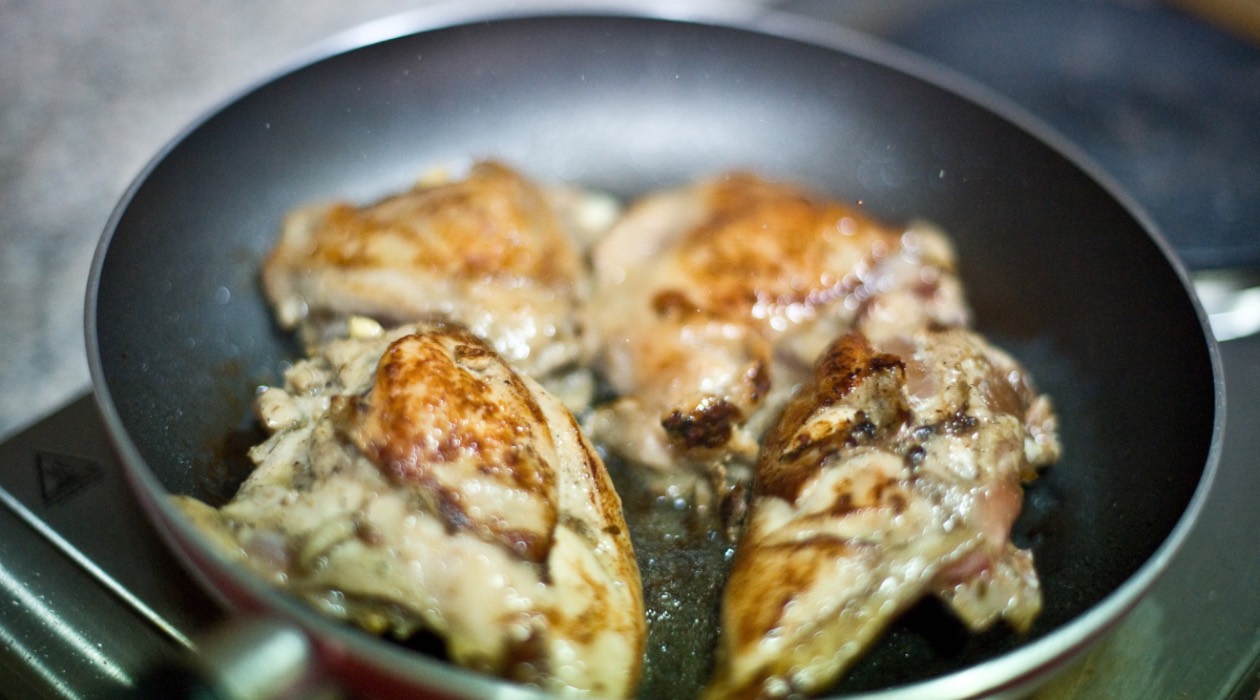
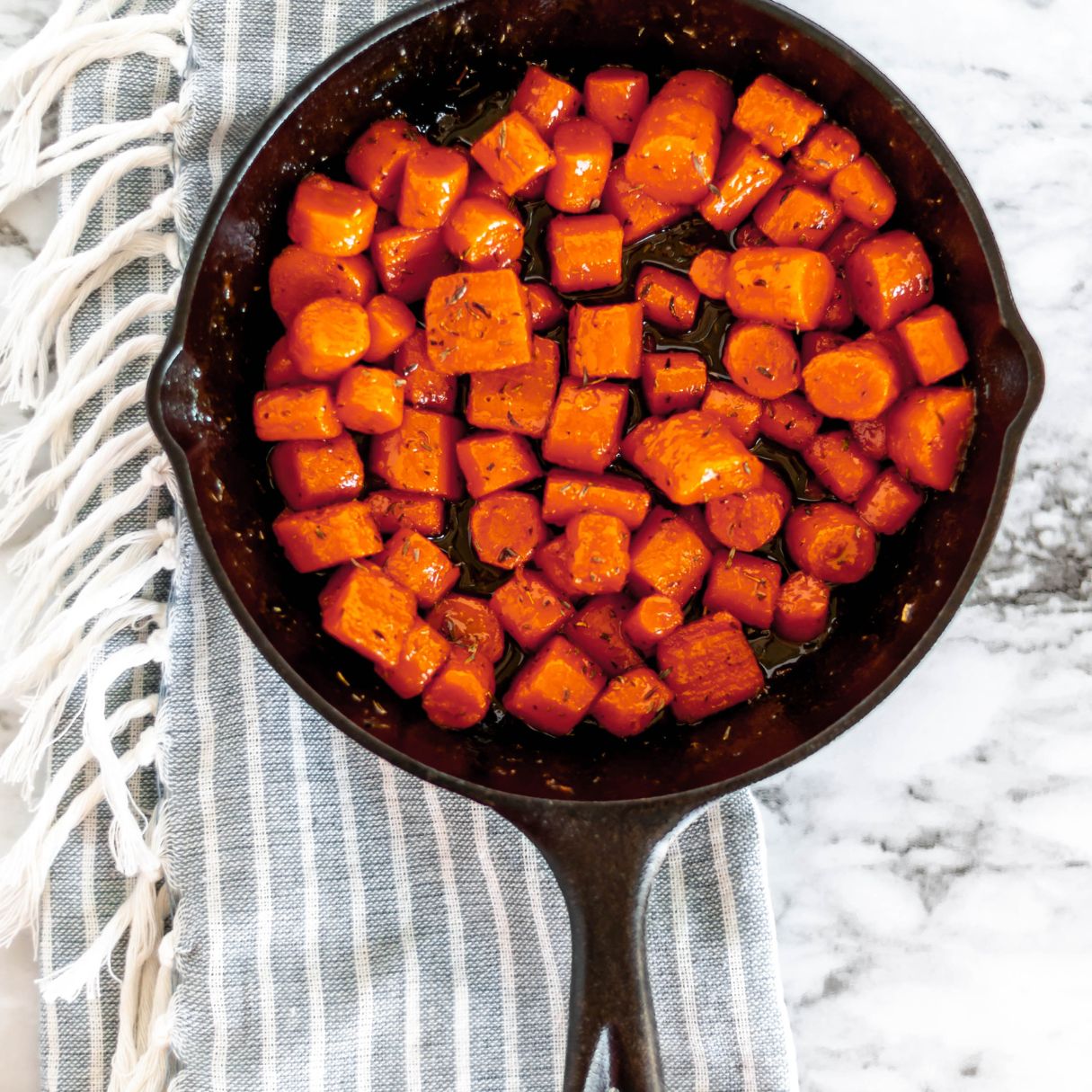
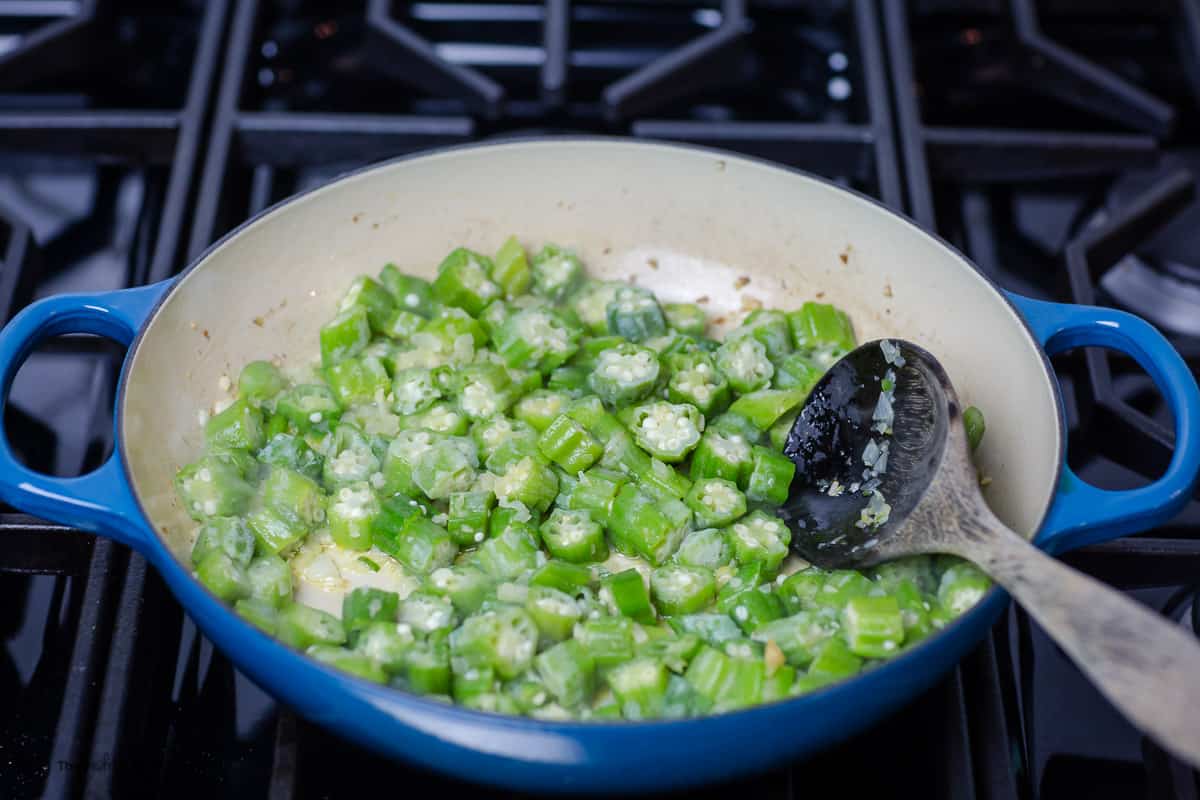
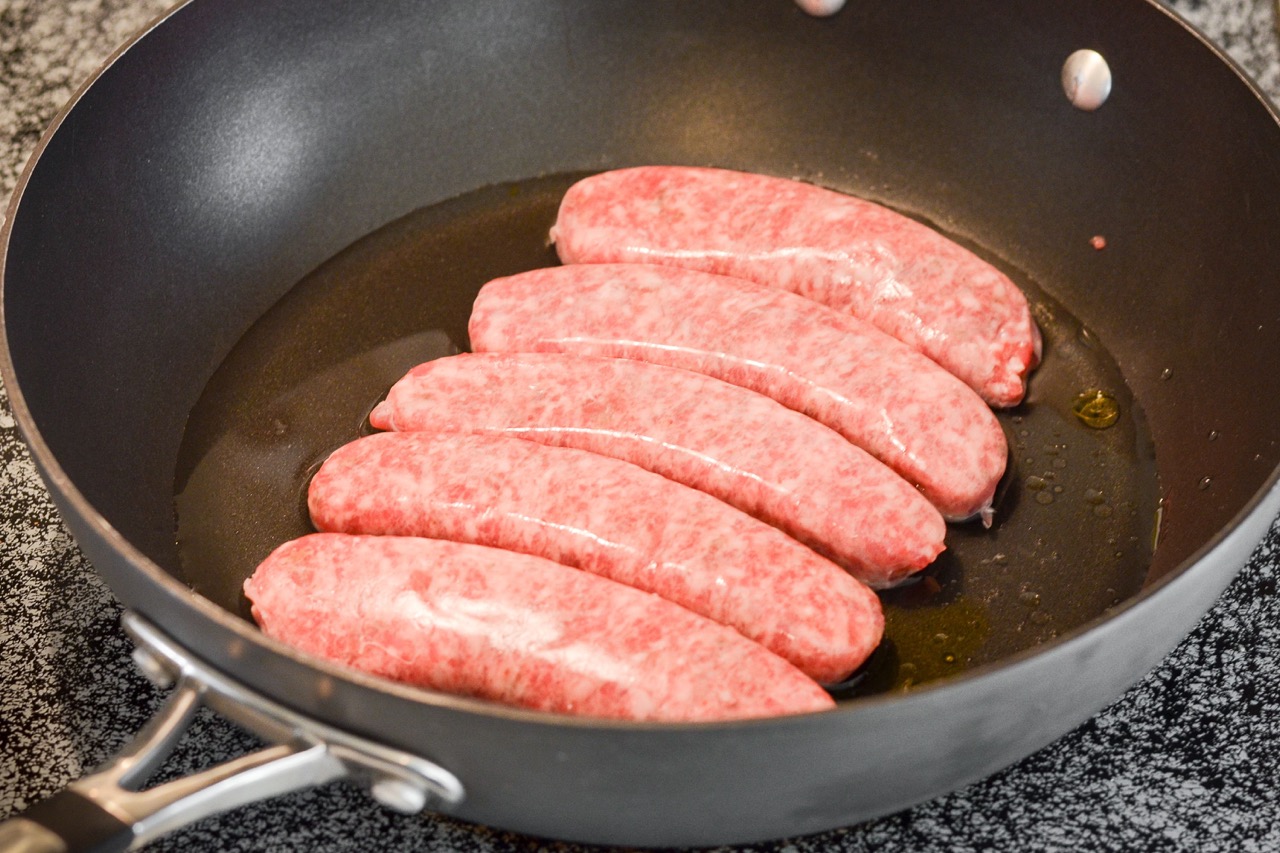
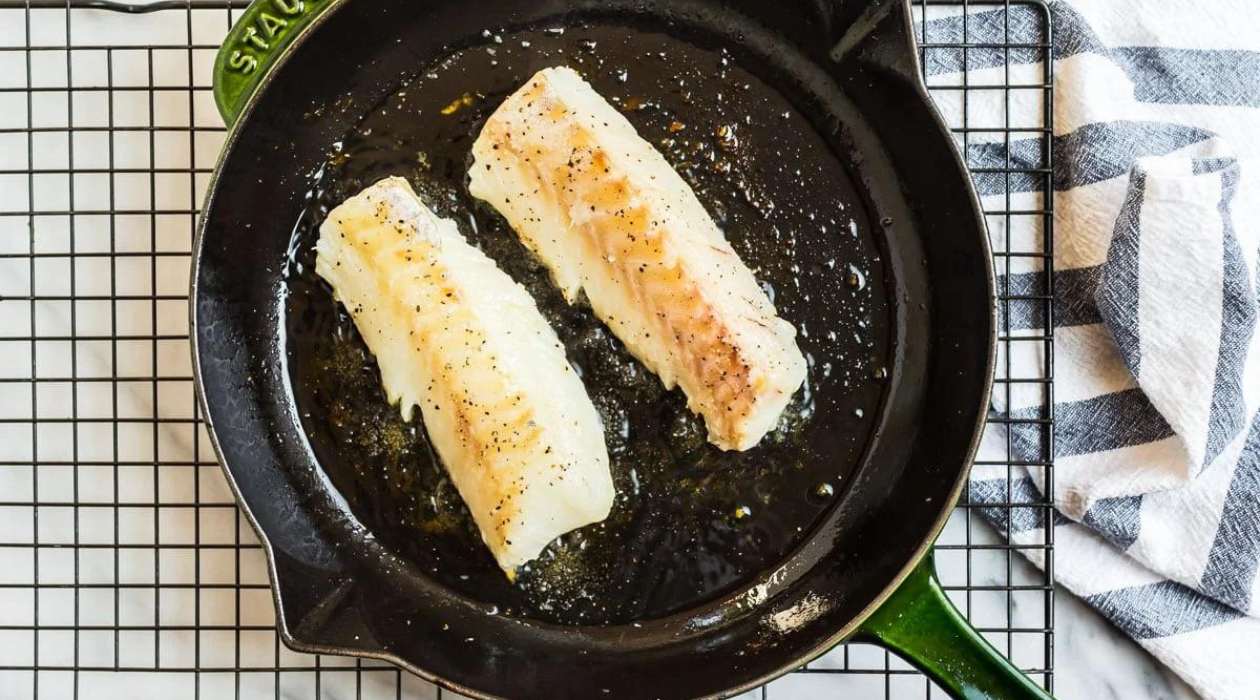
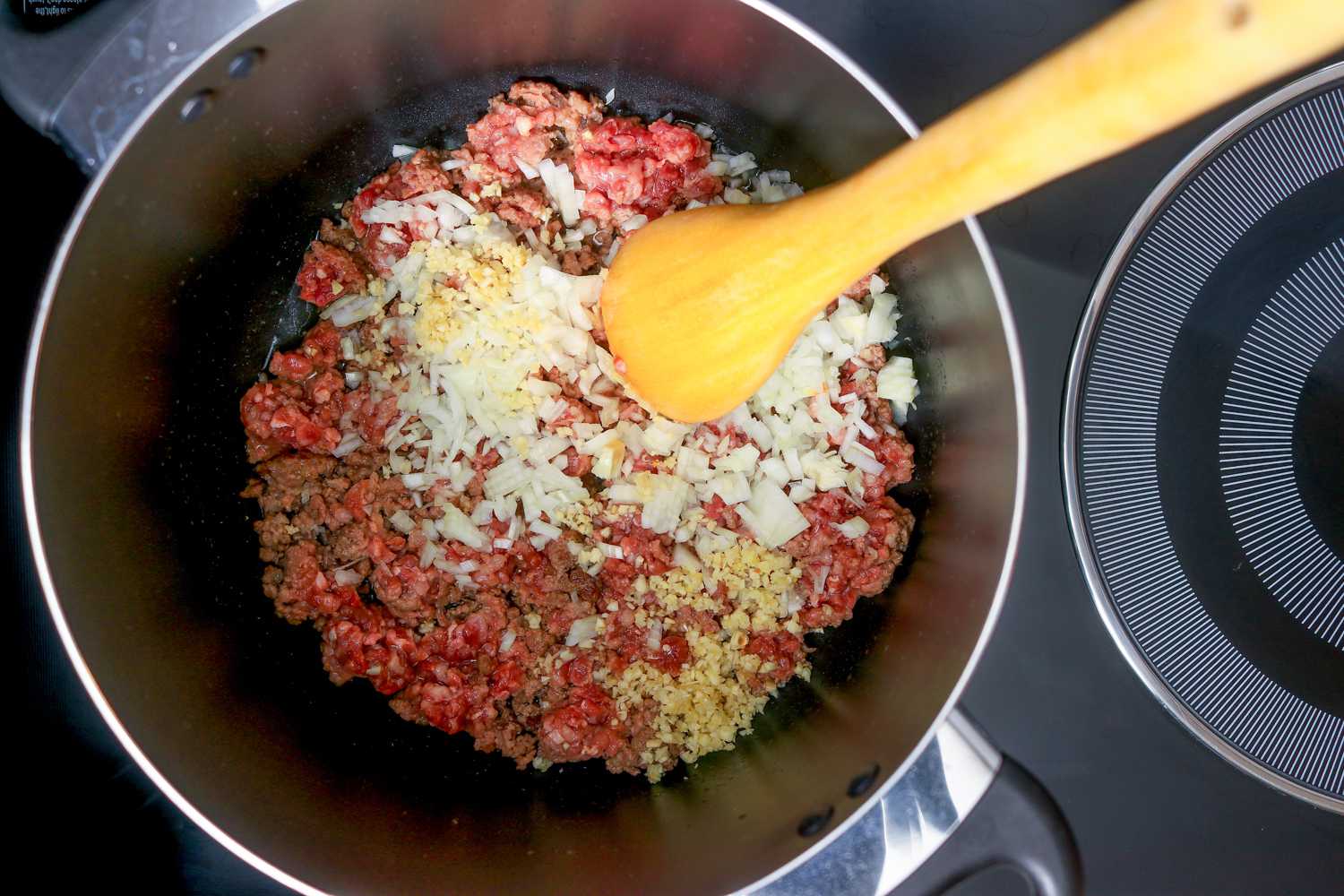
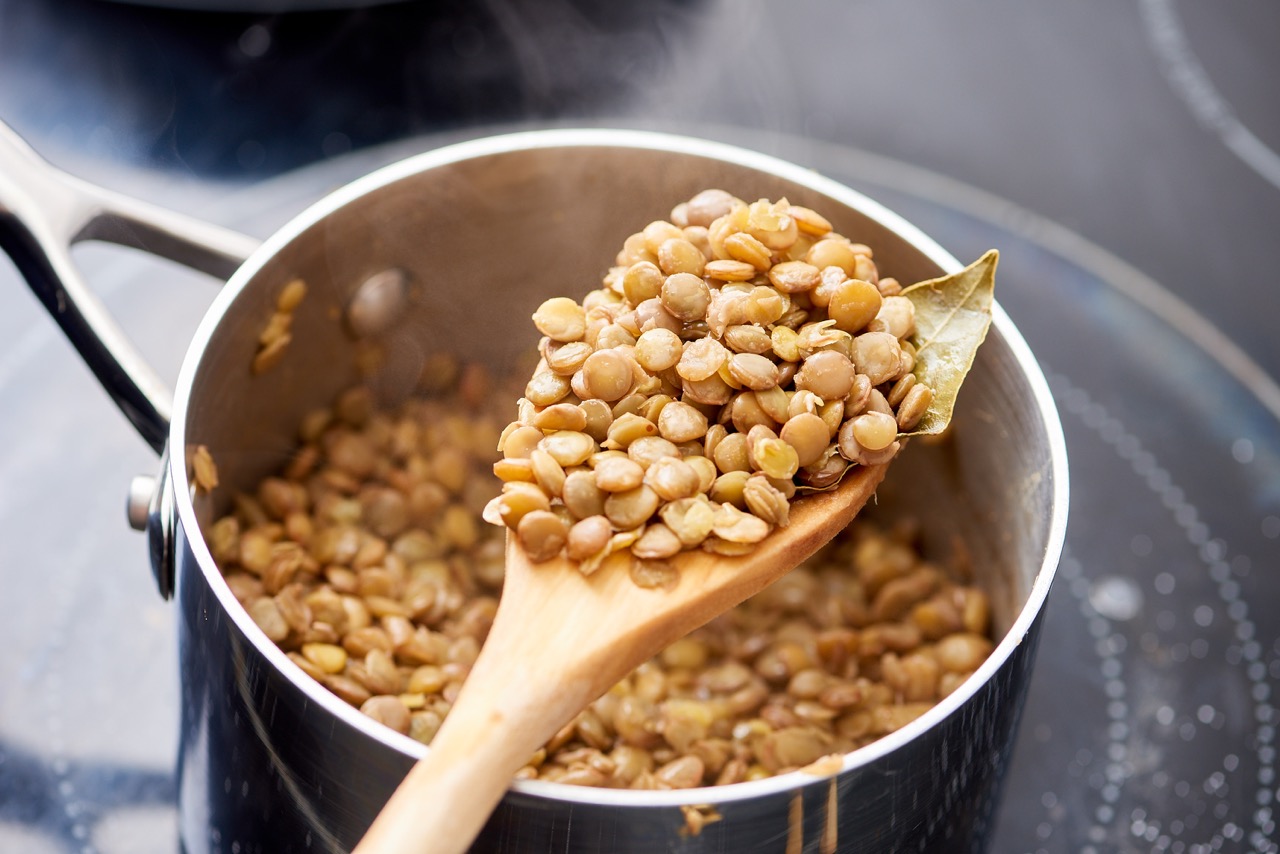
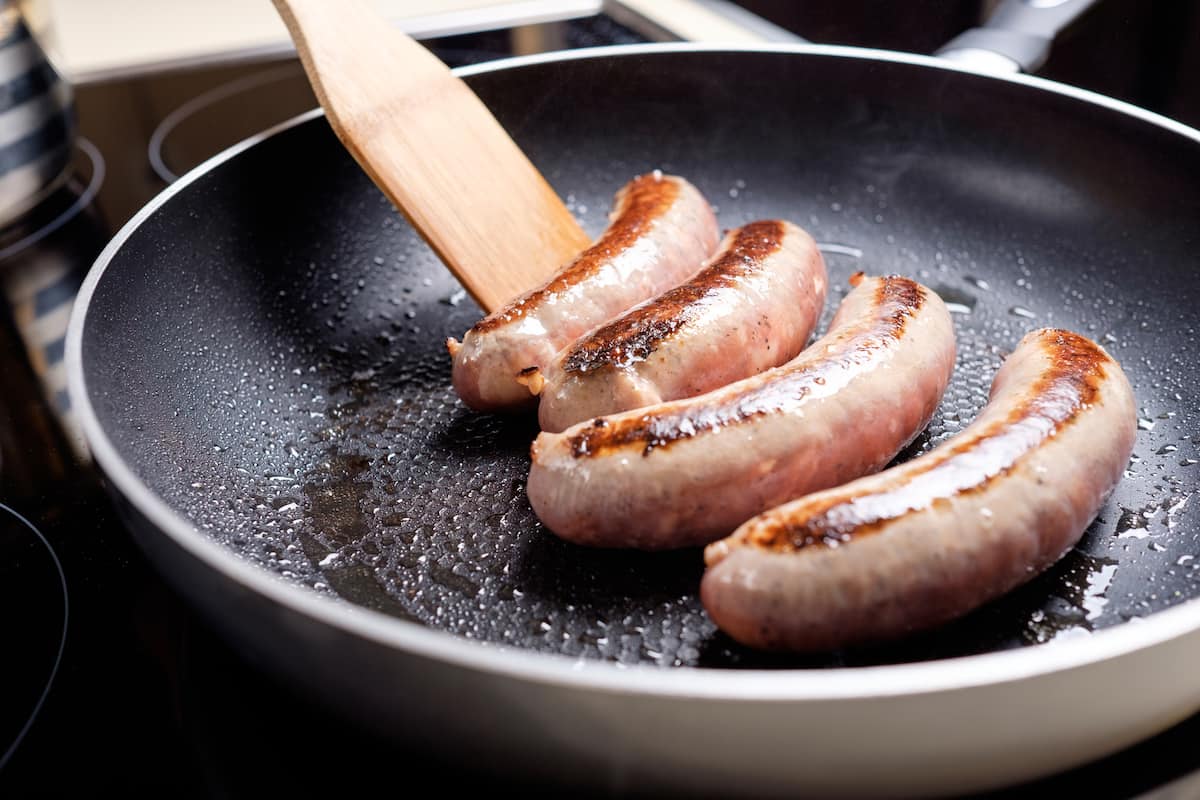
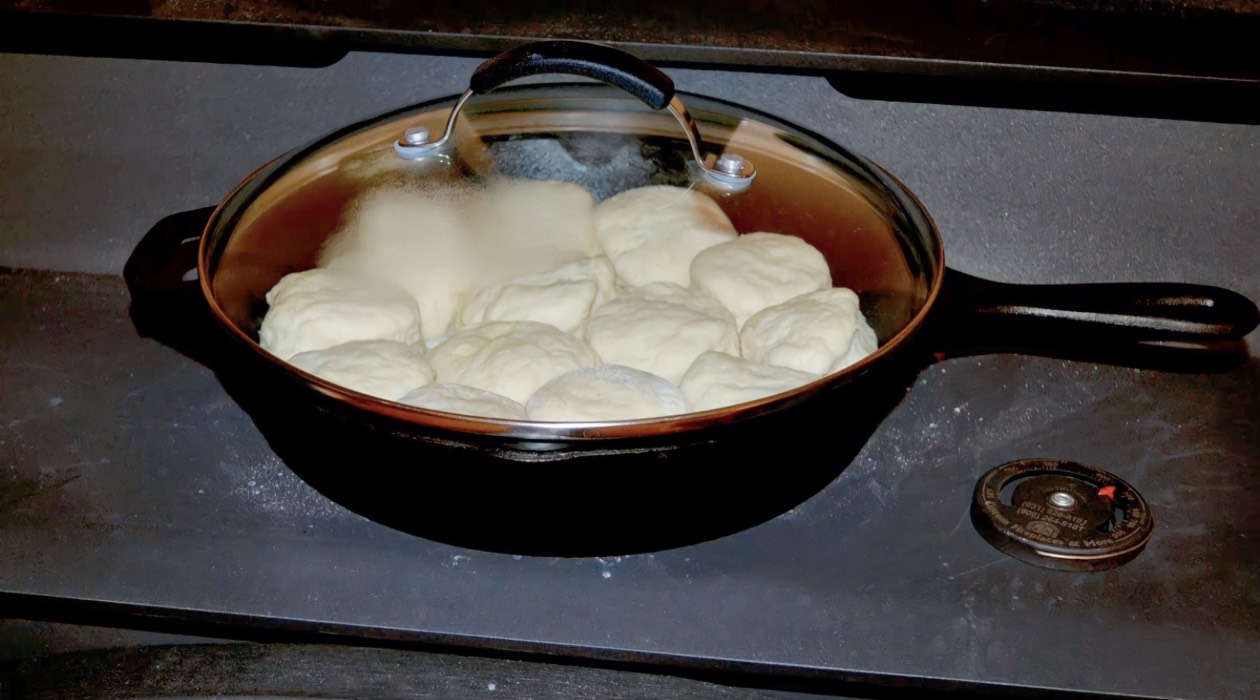

0 thoughts on “How To Cook On Glass Top Stove”